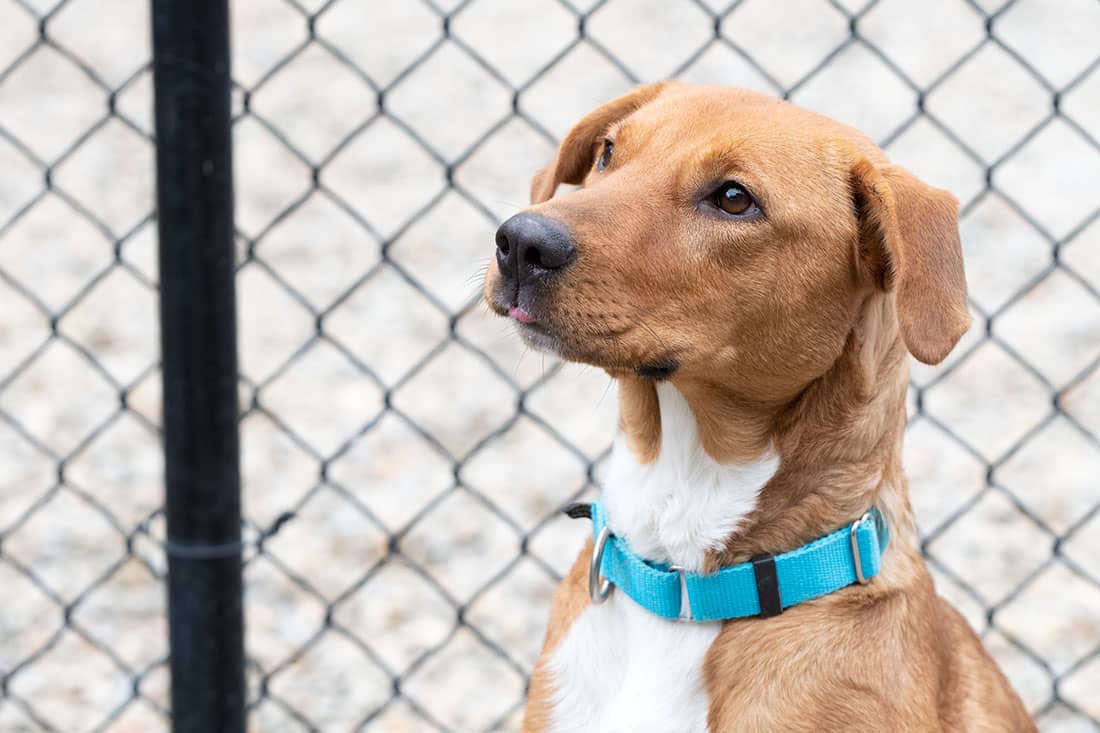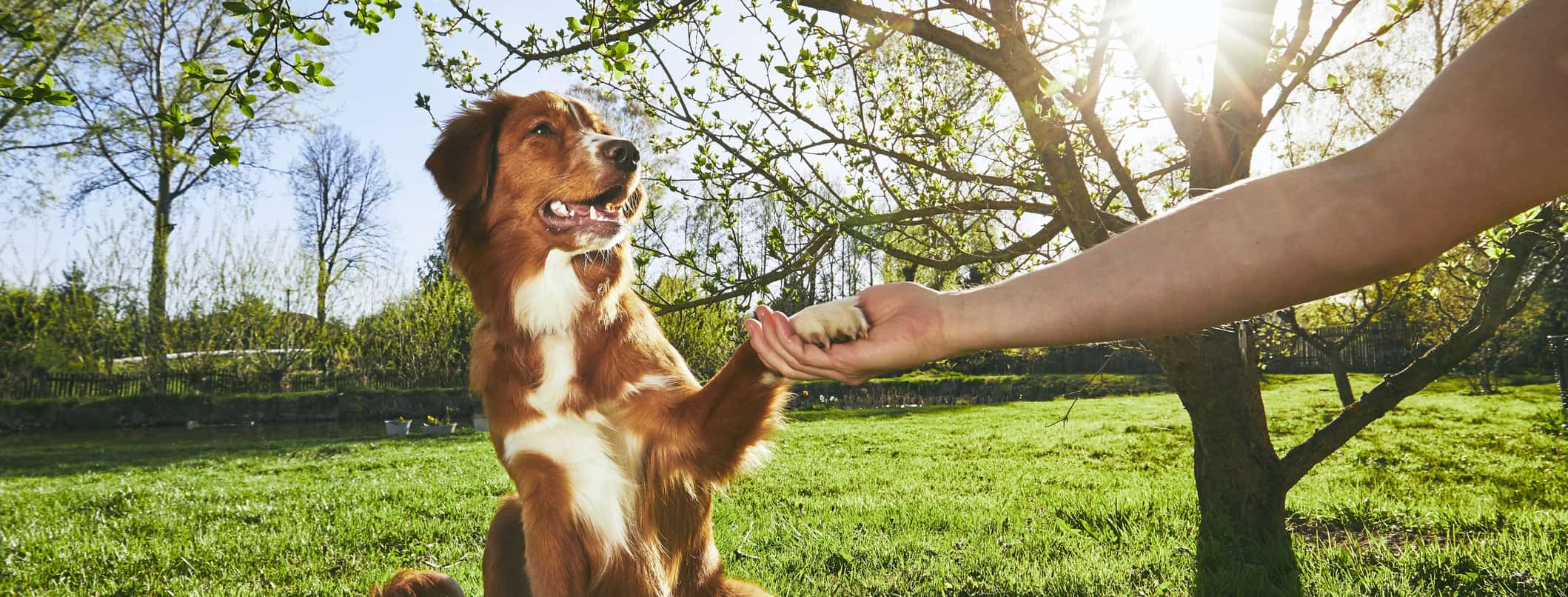How to Choose the Right Technique for Effective Dog Training
How to Choose the Right Technique for Effective Dog Training
Blog Article
Important Tips for Successful Dog Training: An Overview for Family Pet Owners
Reliable pet dog training is a complex process that needs a critical strategy customized to both the pet dog's character and the owner's purposes. Comprehending exactly how to navigate these challenges can considerably improve the training experience, eventually changing the relationship between owner and pet dog.
Understanding Dog Habits
Comprehending canine actions is vital for effective training and promoting an unified relationship between dogs and their proprietors. dog training. Canines connect primarily through body language, articulations, and activities, making it essential for proprietors to interpret these signals properly.

Socializing plays a considerable duty in dog behavior; direct exposure to different environments, people, and various other animals can considerably affect a pet's temperament. Furthermore, factors such as breed qualities and specific character must guide training approaches, as some types may have details behavior qualities that demand tailored techniques. By comprehending these elements, owners can produce an encouraging environment that motivates favorable habits, causing successful training results and a deeper bond with their pet dogs.
Establishing Consistent Commands
Reliable interaction with your canine begins with establishing constant commands. This foundational component of training is essential for cultivating understanding between you and your animal. Consistency in the commands you utilize ensures that your canine can dependably connect particular words or phrases with the desired actions.
When choosing commands, choose clear, distinctive words that are very easy to separate and state from one another. Stay clear of making use of similar-sounding commands that might perplex your canine. For instance, using "sit" and "remain" is appropriate, yet "sit" and "struck" might result in misconceptions.
Furthermore, keep the very same tone and volume for each command. Pet dogs are delicate to singing signs, so varying your tone can create confusion.
It is similarly essential to make sure that all member of the family are on the very same web page pertaining to the commands used. A united front in command use will certainly stop blended signals and reinforce the knowing procedure.
Favorable Reinforcement Techniques
The power of favorable support in canine training exists in its capacity to motivate desired actions with rewards and appreciation. This method is grounded in the concept that habits followed by beneficial outcomes are most likely to be repeated. By including favorable reinforcement right into your training regimen, you can properly shape your dog's habits in a constructive fashion.
To execute favorable reinforcement, it's important to identify what motivates your dog, whether it be treats, playthings, or verbal appreciation. When your pet dog performs a wanted action, such as remaining on command, promptly compensate them with a treat or love. This association between the command and the favorable outcome enhances their understanding.
It's essential to timing the incentives correctly; providing the support within seconds of the preferred actions helps your canine make the link (dog training). Additionally, consistency is crucial-- guarantee that all household participants use the exact same commands and incentive systems to prevent complication

Gradually, you can minimize the regularity of deals with as your dog discovers the actions, transitioning to commend or intermittent benefits. This approach not just fosters a strong bond between you and your pet dog yet also promotes a positive discovering setting, making training a delightful experience for look here both.
Socialization and Interaction
Continually exposing your pet dog to a range of settings, people, and other pets is crucial for their social advancement. Socializing needs to begin early, preferably throughout the critical window of 3 to 14 weeks, when pups are most receptive to new experiences. Older pets can additionally profit from recurring socializing initiatives.
Present your pet dog to various settings, such as parks, pet-friendly stores, and urban locations. This direct exposure aids them adjust to different stimuli, decreasing anxiety and fear responses. Encourage favorable communications with various other pet dogs and people, making sure that these encounters are regulated and risk-free to promote confidence.
Utilize organized playdates with genteel pet dogs, as this can improve your dog's social skills and educate them proper behavior. Obedience courses and training sessions likewise more info here supply outstanding chances for socialization, permitting your pet dog to engage with others in a supervised environment.
Screen your canine's body movement during communications, as this will assist you gauge their convenience level. Slowly increase direct exposure to more difficult situations while making sure that each experience declares. A well-socialized pet is more probable to exhibit well balanced actions, making them a pleasure to have in any type of setup.
Resolving Usual Training Difficulties
Every pet dog proprietor will certainly encounter training difficulties at some time, despite their pet dog's age or socializing degree. Determining usual issues such as stubbornness, disturbances, and fearfulness can help in establishing reliable strategies for enhancement.

Progressively present disturbances as the pet comes to be extra skillful in commands. Short, constant training sessions are additionally reliable in keeping focus.
Terror can prevent a pet dog's understanding procedure. Progressive desensitization to the source of fear, coupled with positive reinforcement, can help reduce anxiety. Patience is crucial; never force a pet dog right into a scenario that creates distress, as this might intensify the issue.
Inevitably, understanding and dealing with these usual challenges with an organized strategy will certainly promote a more productive training experience, reinforcing the bond in between pet and proprietor while promoting effective knowing.
Verdict
In recap, successful pet training counts on an extensive understanding of canine habits, the establishment of constant commands, and the application of favorable reinforcement strategies. Socializing plays a vital duty in establishing well-adjusted pets, while addressing typical training obstacles needs patience and flexibility. By carrying out these essential techniques, pet owners can foster a strong bond with their pets and advertise desirable actions, inevitably causing an unified relationship between visit this page human beings and their canine friends.
Recognizing dog actions is important for reliable training and fostering an unified relationship between dogs and their proprietors.Socialization plays a significant duty in pet dog behavior; exposure to different settings, people, and various other pets can considerably influence a pet's temperament.The power of positive support in dog training lies in its capability to motivate wanted behaviors with incentives and appreciation. By including positive reinforcement into your training regimen, you can successfully form your dog's behavior in a positive fashion.
In summary, successful pet training relies on a thorough understanding of canine habits, the facility of regular commands, and the application of positive support methods.
Report this page